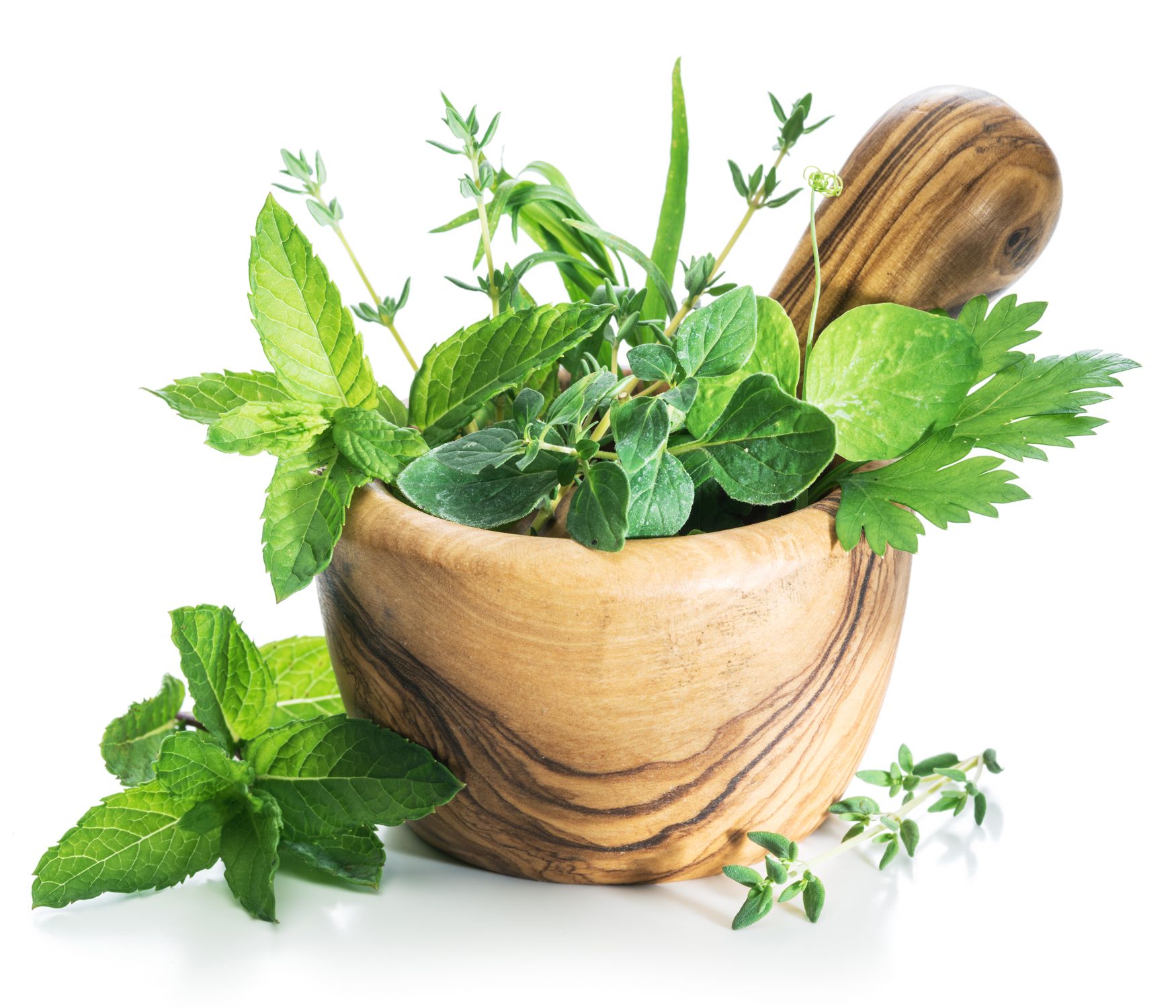Safe Tilling Tips for Every Gardener
Breaking Ground


Tilling is a great way to prepare your garden soil for planting, but it comes with its fair share of risks, especially for those new to gardening or returning to it after years away.
Whether you’re using a tiller for the first time or returning to the garden after a season or more, it’s important to know and follow a few safety guidelines to keep your garden thriving and yourself injury-free.
The Right Tools for the Job
The first step in a safer tilling experience is choosing the right tool. While traditional tillers can be heavy and difficult to maneuver, today’s market offers a range of lighter, more user-friendly options. Things to consider when selecting a tiller are your garden’s size, the soil conditions and your comfort level with handling equipment.
For those who prefer less muscling and more maneuverability, a smaller electric tiller or battery-powered model can offer enough power without overwhelming the user. Some models even have adjustable handles that customize to your height for comfort, reducing the strain on your back and shoulders.
The best advice is to try before you buy. Don’t be afraid to ask a gardening expert or visit a local garden center to get a feel for different tillers. Some retailers even offer rental options, which is the perfect way to test out a model before committing.
Having a tiller that suits your needs and the size of your garden will make all the difference in how much use you get out of it.
Get a Grip
One of the key safety features of modern tillers is adjustable handles. No matter your build, adjusting the tiller’s handle to fit your height will reduce strain and fatigue. The goal is to maintain an upright posture while tilling; if you’re hunched over, it will be harder to control the tiller, and your back will likely protest before your garden’s even ready to be planted.
If your tiller doesn’t have an adjustable handle, consider adding a padded grip or wrapping the handle with a soft material like foam tape to reduce vibration and hand fatigue. A good grip will give you better control and a more comfortable experience with less effort.
If your tiller is uncomfortable to use or causes you pain, choose a different model that’s better suited to your needs.
Before You Till
Tilling is no small task — it requires a fair amount of physical effort. Think of it as a workout for your whole body, which is why it’s essential to prepare beforehand.
Start by warming up with some gentle stretches or light movements to loosen your joints. Try wrist rolls, gentle back bends and leg stretches. This will help increase flexibility and reduce your risk of pulling a muscle.
Continue to warm up before starting by taking a short walk to increase circulation. Staying properly hydrated helps you perform better, and working on an empty stomach can leave you feeling shaky, so make sure you’ve had enough fluids and are fueled up for the hard work ahead.
Finally, listen to your body and take breaks before you need them. There’s no rush; gardening doesn’t need to be a challenge. By proactively caring for yourself you’ll get the most out of your time in the garden and will avoid waking up the next day feeling like you’ve run a marathon.
Dress for Success and Safety
Although garden tilling might not seem as risky as some other home-improvement and acreage-related tasks, accidents happen fast. But you can prevent them with the right gear.
- Sturdy, closed-toe shoes are a must to protect your feet from rocks or debris. Avoid wearing sandals or soft sneakers that don’t provide support.
- Long pants and gloves can shield your skin from the rough soil, potential blisters and the sun. A good pair of garden gloves can also reduce hand fatigue.
- Protective eyewear will keep out flying dirt and debris that can irritate eyes. This is especially important when working with dry or rocky soil.
- Hearing protection is also a great idea when using a loud tiller for extended periods of time. It’s easy to tune out noise, but long-term exposure can take a permanent toll on your hearing.
- A hat and sunscreen are imperative to protect yourself if you’re working in the sun. Tilling takes time, so safeguard your skin from sunburn.
Alternatives to Tilling
Sometimes a full-size tiller isn’t necessary or the best choice. Power tools like a garden edger or small walk-behind tiller can be easier to handle and give you faster results than manual tools. Some models are designed specifically for small gardens and raised beds.
If a tiller seems too big for the job, look into non-motorized tools that reap the same results.
- Stirrup hoes and traditional garden hoes: Great for breaking up surface soil and weeding.
- Hand cultivators: Ideal for smaller areas that need precision tilling.
- Digging forks: Help aerate and loosen compacted soil with minimal effort.
- Spades: Useful for deep soil turning in small plots.
Manual tools might take a little longer, but they let you work at your own pace — no fuel, no noise and no heavy lifting required.
Listen to Your Body
Remember, gardening should be a joy, not a chore. If your body is telling you to take a break, listen. Pushing through pain can mean days of recovery.
So, pace yourself, switch tasks occasionally to avoid repetitive strain and stretch again when you’re done.
Gardening is a wonderful way to stay active, reduce stress and enjoy the outdoors. By working smarter — not harder — you can make gardening a rewarding, lifelong hobby.
Tags:Garden & Landscape

Acreage Life is part of the Catalyst Communications Network publication family.















